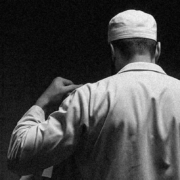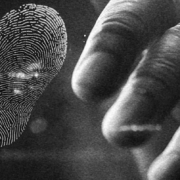For over 25 years I have walked through morgues, stood in courtrooms, stared at skulls, and listened to silence that told darker stories than words ever could. I have seen cruelty that left marks you cannot see on skin. I have learned what people are capable of when no one is watching. Likewise, I have learned that justice is not always just. In the end, I was never part of the system. I was only fuel to keep its machinery running.
Read more
Posts
Over the years, one question has followed me through countless conversations, courtrooms, and conferences: How reliable is a fingerprint? It’s the kind of query that sounds simple but unravels into a tangle of science, technology, and human judgment. That’s why I teamed up with my colleague, Dr. Maria-Louise Morgott, to tackle it head-on in our latest paper, Forensic Fingerprint Analysis: Evaluating Scientific Foundations, Technological Innovations, and Judicial Implications. This blog post pulls out the key threads from that work, offering a detailed rundown for forensic buffs, legal minds, and anyone curious about the gritty reality behind those ridges on your fingertips.
Given the legal questions we often face, especially regarding the quantification of “very likely” in percentages, I would like to explain why I, as an expert, have decided to avoid such numerical assessments. The probability of identity or non-identity is deliberately formulated as a verbal predicate because biostatistical calculations are problematic. There is a lack of sufficiently extensive and validated databases that consider various ethnic origins and age groups. Moreover, the reference images were not created under standardized conditions. Therefore, the “actual” expression of features is often not discernible, and calculations based on the “apparent” expression could lead to erroneous conclusions.


